Share:
I use a lot of tracing in my Orton-Gillingham lesson plans. When I introduce a new phonogram, students will trace the letters while saying the sound. When I introduce a new prefix or suffix, students will trace the letters while saying the meaning. And when we are working on learned words (high frequency sight words that are not decodable), we trace the letters while spelling the word. Typically I have the student trace 3 times on each of 3 different surfaces. Offering choice and adding variety keep this important task fun and interesting.
Here are some of my favorite categories of tracing materials.
1. Plastic canvas
Plastic canvas is easy to find at craft stores, inexpensive, portable and mess free. It is available in different colors and has a unique sensory feel when tracing. Kids either love this one or hate it.
2. Scrapbooking Paper
Believe it or not, the scrapbooking section of your local craft store is a great place to find surfaces to trace. The “paper” selection is comprised of a wide variety of textures and materials. My favorites are burlap fabric paper, corrugated paper, and glitter paper. Glitter paper feels like sandpaper but is much cooler looking! The great thing is that individual sheets of scrapbooking paper are rarely more than $1.00 each, and usually much less. If you travel to tutor, they are also very portable.
3. Loose materials
Salt, colored sand, rice and tiny beads all are fun to trace letters and words in. A simple cookie sheet/jelly roll pan works fine, but a container with a cover reduces the mess a bit. I prefer rice and beads because sand and salt tend to stick to the students’ fingers and get all over our working surface. Rice can be dyed with food coloring and a small amount of vinegar to make it more colorful and exciting. If you are ambitious, you can even make rainbow rice. Beads are probably my absolute favorite to trace in. You can purchase strings of tiny seed beads at craft stores or online. I personally like the size 15/0 beads which are just over 1 mm in size. Mixed with a smaller quantity of slightly larger beads makes a nice texture. They are available in many colors including frosted or iridescent colors. Micromarbles or microbeads are similar but don’t have holes.
4. Fabrics
One that my students almost always choose is a piece of velvet. It could be mounted or stretched on an embroidery hoop to hold it flat, but I usually just hold it in place for my student while they trace. This feels wonderful, is easily transportable and can also be washed as necessary. Some other fabrics that might appeal to you are satin, faux fur, fleece, faux suede, and terry cloth. Since you don’t need a large quantity, you might be able to find odds and ends at very reduced prices.
5. Messy
Shaving cream is fun for tracing, and also cleans student desks. It does take a little more time to setup and cleanup, so probably more of a special occasion way to trace. For whole class lessons, it makes a great Fun Friday activity and leaves the desks sparkling.
6. Not for the Faint of Heart
For a less mess, squishy feel, fill a zip top bag with paint, hair gel mixed with food coloring and glitter , or even mustard. An added bonus is that if your student squeezes the mustard into the bag, they are building strength in their hand muscles! Squeeze any excess air out of the bag. Zip it tightly and close with a layer of packing tape or duct tape for extra insurance. The squishy feel and ability to see what they’ve written makes this a great sensory tracing tool. How long squishy bags last is extremely variable. A sharp fingernail or overeager squisher can mean it pops a leak at any time. Using name brand freezer bags and taping the edges of the baggie to a piece of foam core can help extend the lifespan of your squishy gel bag. But, gel bags are easy to make and inexpensive using dollar store hair gel, so if you can tolerate the occasional escaped goo, they are definitely worthwhile.
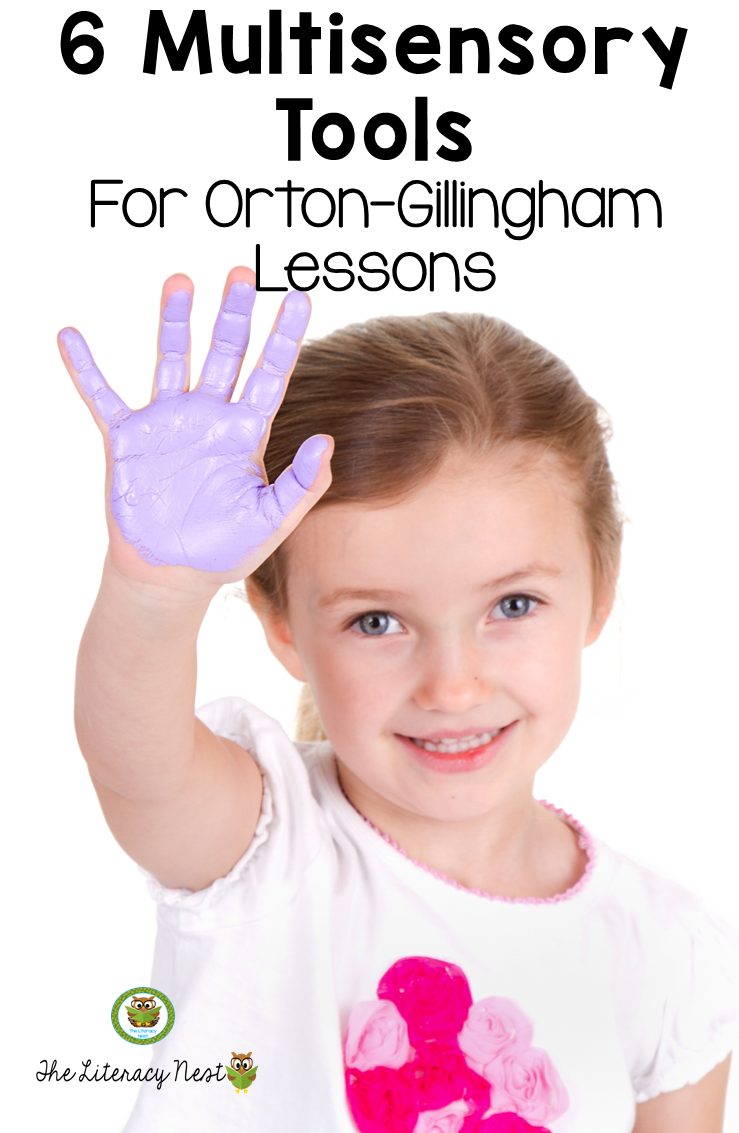
The sky is the limit with ways to trace. I like to have 5 or 6 options on hand so that students can make choices and have some variety. Surprising students with a new and different tool is a great way to keep student engagement high.
Thank you for reading and sharing this post today!
Share:
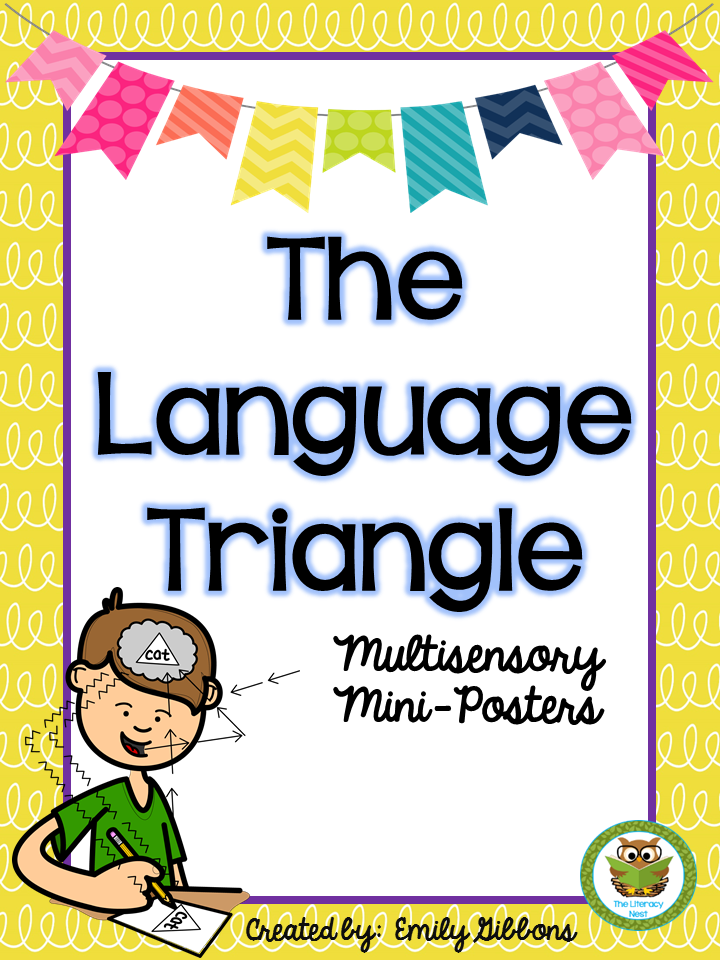


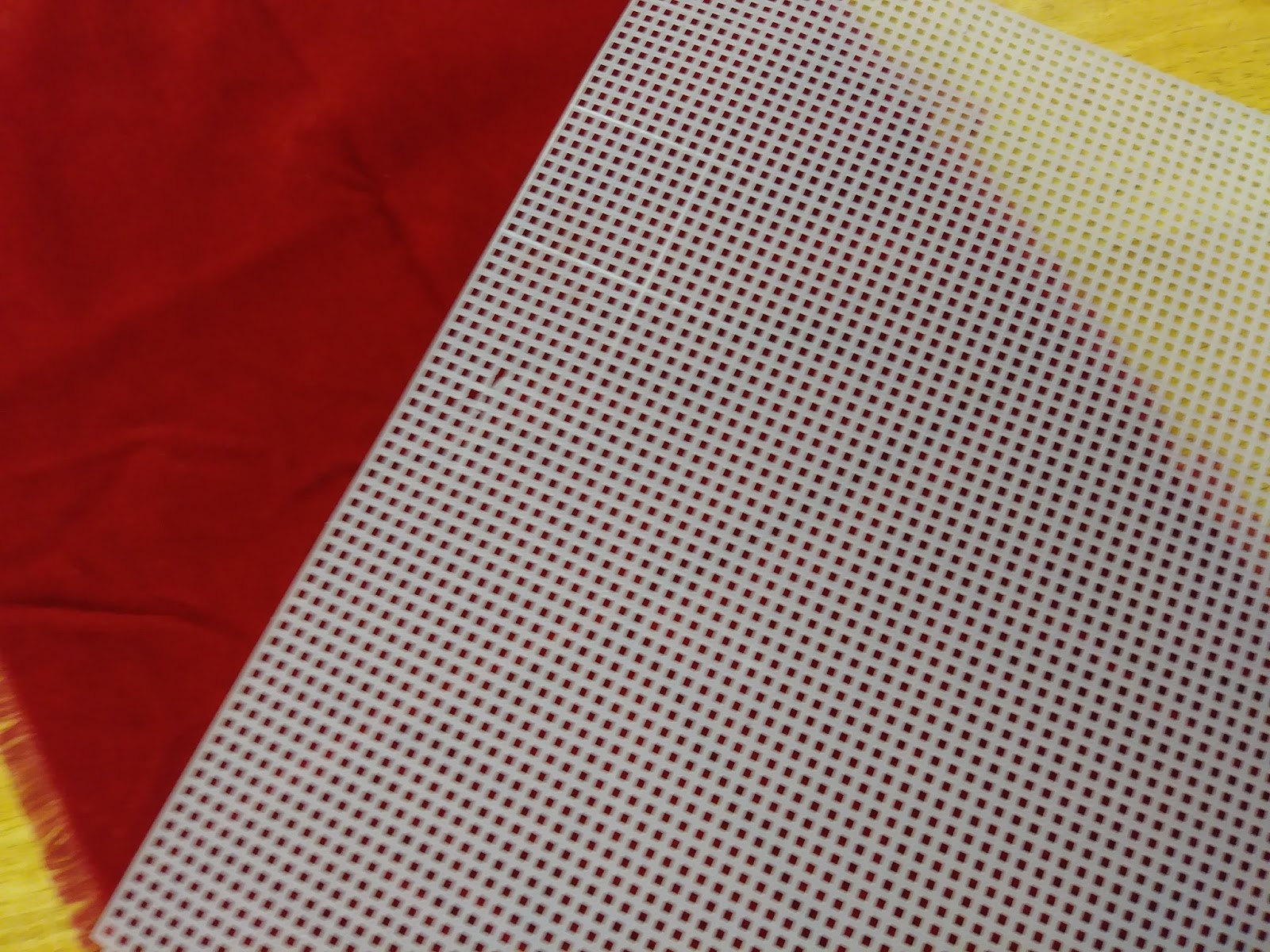






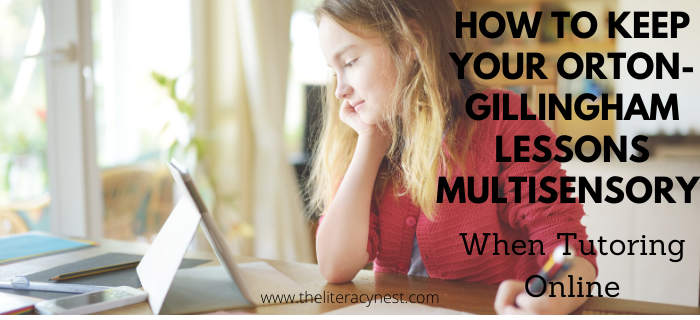
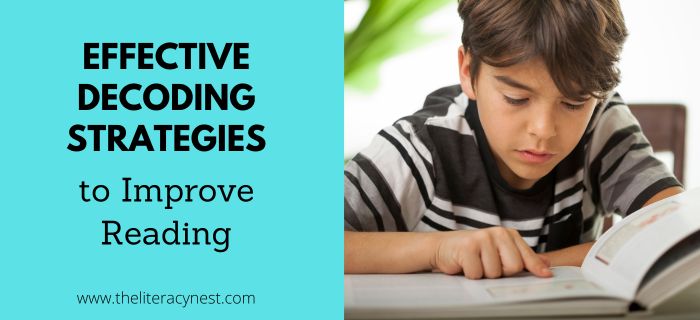
Do you have any advice on how to maintain an OG tutoring practice when not affiliated with a school that specializes in dyslexia and has tutoring on site? I have had to leave a school where I was a part-time OG tutor for personal reasons. While finding students in the summer is relatively easy, I’m finding it to be extremely difficult to maintain a workable tutoring practice during the school year. Students don’t get out of school until around 3 p.m., and some have after-school activities. I set up a classroom in my home but sometimes that doesn’t work for busy parents. As far as traveling to students’ homes, rush hour starts in my area from about 3 p.m. on, making it difficult to find enough students that live fairly close to me and allowing me to schedule in a way that is economically feasible. Also, is there a directory of some kind that lists schools (I’m in Massachusetts) that offer OG tutoring on site?